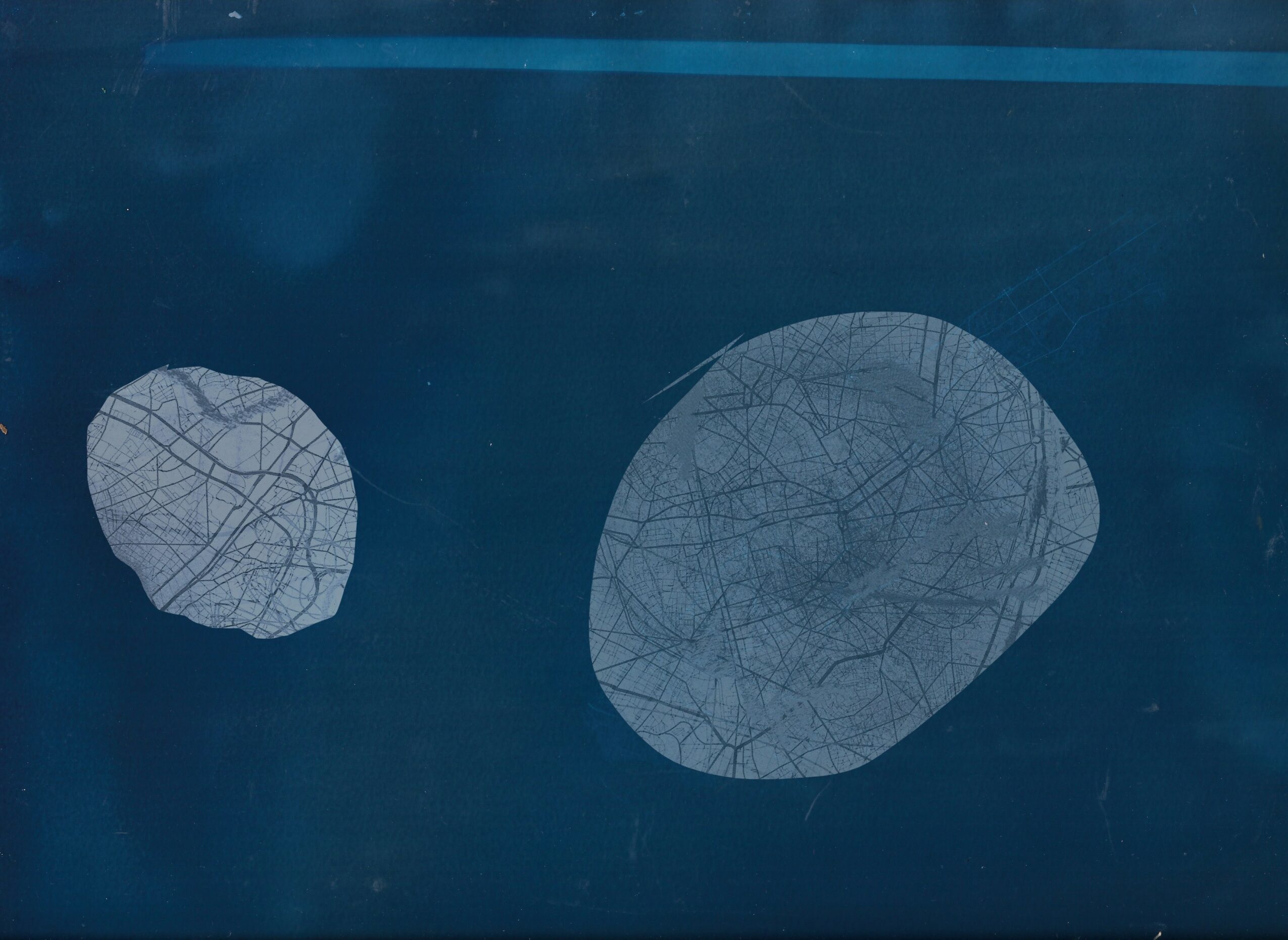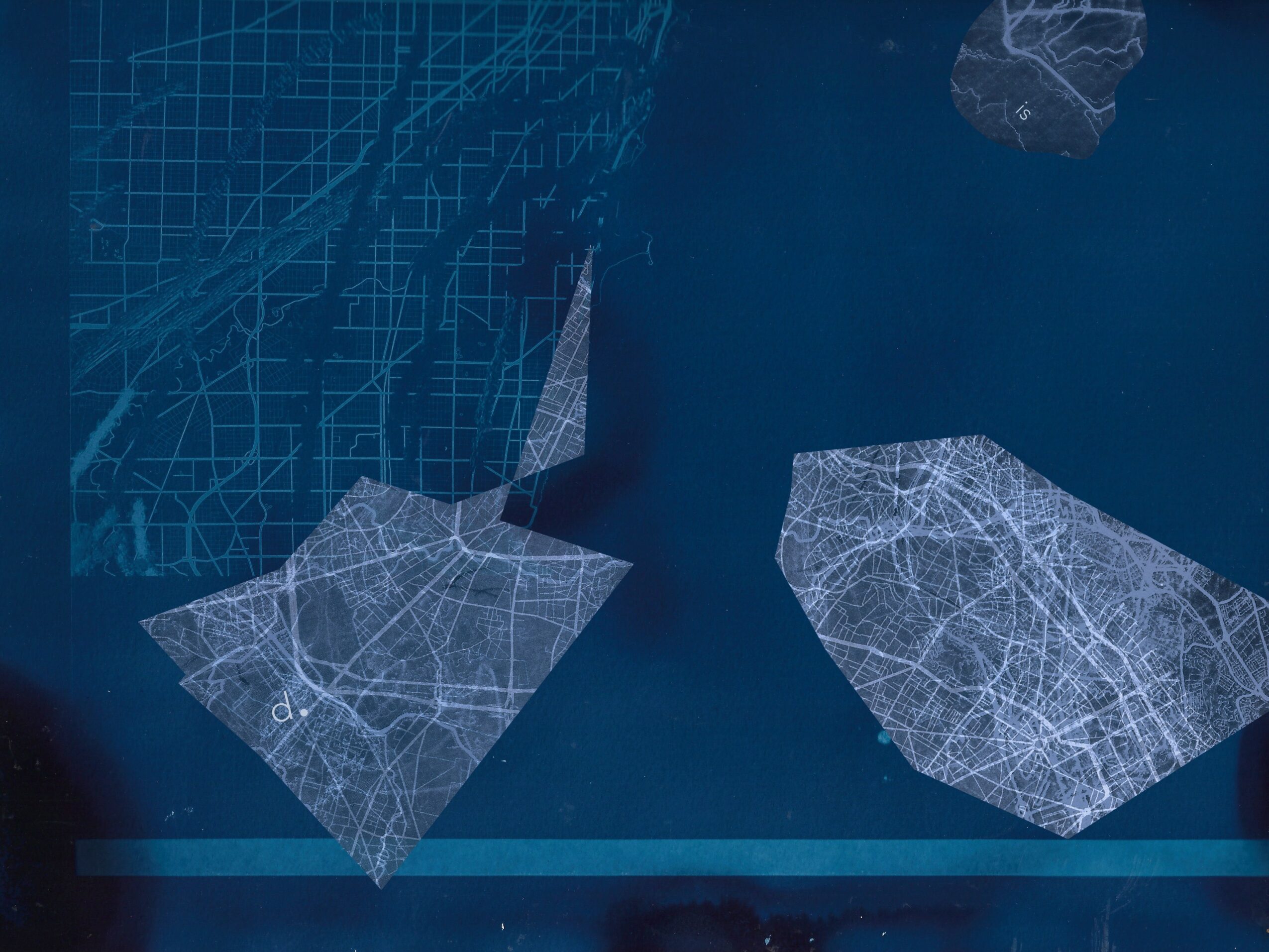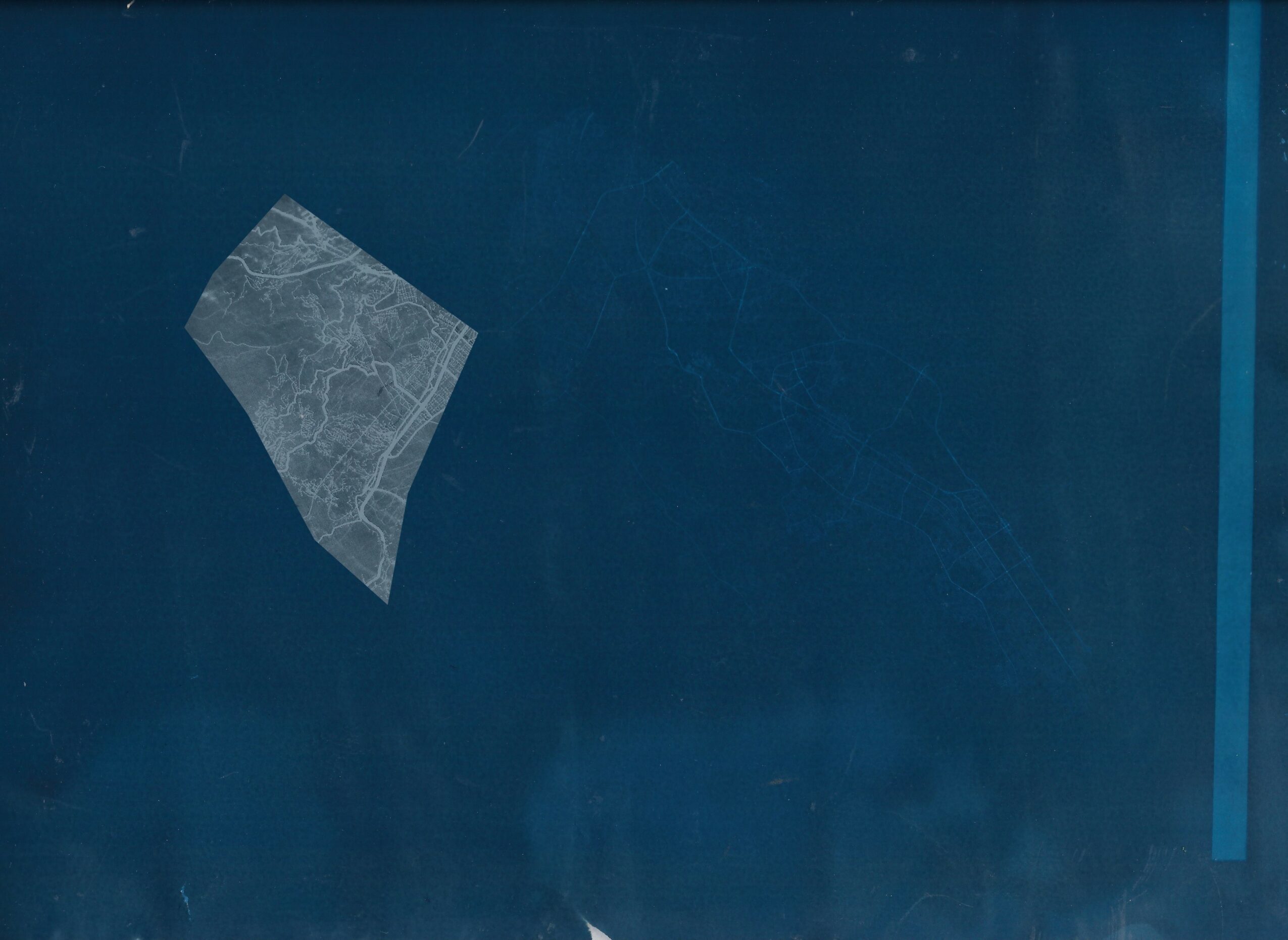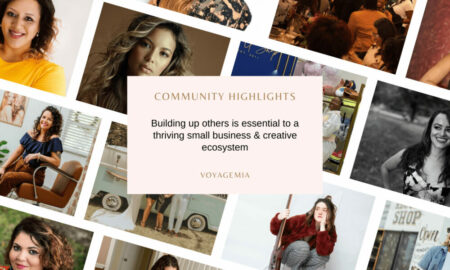

Gabriela Gamboa shared their story and experiences with us recently and you can find our conversation below.
Hi Gabriela, thank you so much for taking time out of your busy day to share your story, experiences and insights with our readers. Let’s jump right in with an interesting one: What makes you lose track of time—and find yourself again?
Being in my studio on Sunday’s, when the building is quiet. I love to work in silence, mostly. The only time I really listen to music is if there is a lot of noise. But absolute silence is really inspiring to me and leads me to a place within that I really love.
Can you briefly introduce yourself and share what makes you or your brand unique?
I’m a Miami-based multidisciplinary artist and educator. My work lives at the intersection of art, geography, and memory—it’s all about how we experience place, loss, and connection through the senses. I grew up in Venezuela, and that sense of movement and displacement has shaped everything I create.
I work a lot with touch, sound and video —my projects often invite people to feel the art, not just look at it. I also use materials like embossed paper, perforated mesh, and haptic sensors that trigger sound when touched. But my art education was in painting and photography, so I love blending technology with more traditional materials, like cyanotype or printmaking and use language- as sound or as printed graphic within the work- to invite people to navigate memory and emotion through their fingertips.
As a teacher, I work with students from all kinds of backgrounds, many of whom are still learning English or adapting to new cultures. I see art as a universal language—it helps us express what words sometimes can’t.
Right now, I’m expanding my tactile installations into larger immersive environments that respond to touch and sound. I want to create spaces that bring people together, where memory becomes something you can share, not just remember.
At the heart of it, my work is about connection—between people, senses, and stories. It’s an ongoing map of belonging, drawn through touch, sound, and imagination.
Amazing, so let’s take a moment to go back in time. Who taught you the most about work?
The person who taught me the most about work is my father. He wasn’t an artist, but his way of approaching life was deeply creative—rooted in persistence, integrity, and care. He taught me that work isn’t just about producing results; it’s about showing up with purpose, no matter the circumstances. Growing up, I watched him face challenges with quiet determination. Though he was not keen on me becoming an artist, in his later life he was proud I had stuck with it and had made a good career.
He believed that every task—no matter how small—deserved attention and pride. He was very disciplined.
From him I learned that true work is an act of character. It’s not just about talent or opportunity, but about the commitment to keep building—even when things feel uncertain. His example taught me that meaningful work comes from integrity and compassion, from giving your best without expecting immediate reward.
My father wisdom continues to remind me that work, at its core, is a way of caring—for the world, for others, and for what we choose to create within it. I try to keep that with me both in my creative process and in my teaching.
When did you last change your mind about something important?
I try to keep an open mind always- I know this is easier said than done, but I believe in growth and change and this is only possible through challenging ourselves.
That said, I change my mind quite often, since I try to analyse and question situations. We live in a complex time and are constantly challenge to think about things we might have taken for granted. It’s good to be able to analyze things, but retain our core values.
Alright, so if you are open to it, let’s explore some philosophical questions that touch on your values and worldview. What’s a cultural value you protect at all costs?
Integrity is the cultural value I protect above all else. For me, it means staying true to my vision, my community, and my principles, even when it’s inconvenient or unpopular. In art and in life, integrity is about honesty, respect, and accountability—doing the work with sincerity and standing behind it with transparency. It’s what gives meaning to creative practice and builds trust with others. Integrity reminds me that process matters as much as outcome, and that every choice—artistic, ethical, or personal—should reflect care, authenticity, and the courage to remain genuine in a world that often rewards compromise.
Okay, so let’s keep going with one more question that means a lot to us: Could you give everything your best, even if no one ever praised you for it?
I believe so- I certainly hope so. t is the way I was brought up. I was taught to always strive to be better and that certainly means giving your best. And that begins with the self. We need more kindness in the world and not so much ego. Most artists make art because it is a driving force. Being creative is not about getting praise for it.
I discovered meditation very early in my life and I think it sets the tone for how we show up for ourselves first and then for the world.
Contact Info:
- Website: https://www.gabrielagamboa.com/
- Instagram: @gabagambo






Image Credits
All are original and mine












